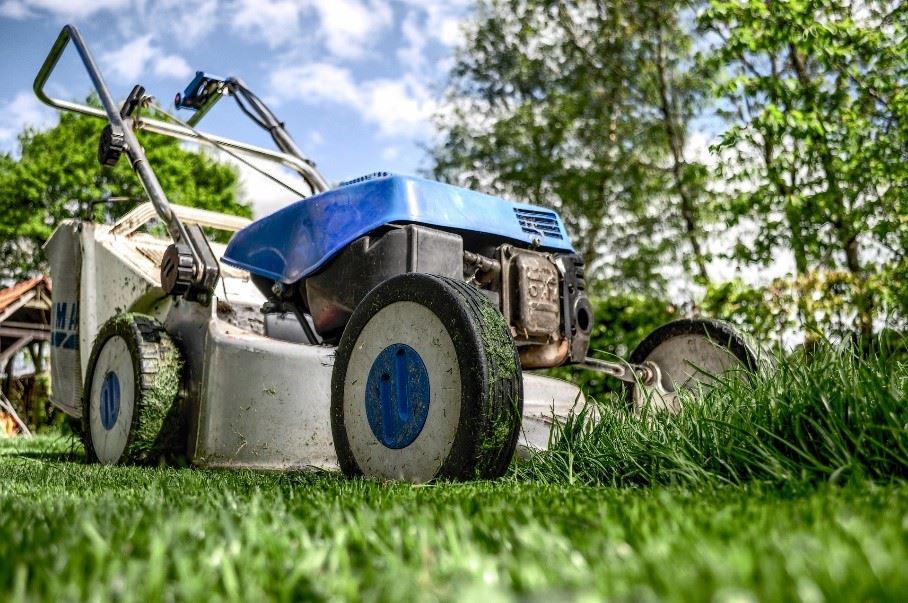Spring is in full swing! It has been so satisfying to see new green growth in the plants and trees around my new neighborhood. I recently bought a house in which the backyard was nothing but river rock and a small patch of astroturf smack in the middle. While I do appreciate the water conservation and no maintenance aspect of this layout, I personally prefer a little more color and plant life. It was exciting to take on the project of creating a new landscape, but a bit daunting at the same time as I had never started completely from scratch before. Xeriscaping was part of the plan to create a more environmentally friendly space, but more research was needed to more fully understand what all went into this landscaping technique. However, this technique was only a part of the landscaping practices that could create a beautiful and sustainable yard. This was the first time I had heard the term GreenScaping which encompasses many eco-friendly practices and can also save time and money.
trees around my new neighborhood. I recently bought a house in which the backyard was nothing but river rock and a small patch of astroturf smack in the middle. While I do appreciate the water conservation and no maintenance aspect of this layout, I personally prefer a little more color and plant life. It was exciting to take on the project of creating a new landscape, but a bit daunting at the same time as I had never started completely from scratch before. Xeriscaping was part of the plan to create a more environmentally friendly space, but more research was needed to more fully understand what all went into this landscaping technique. However, this technique was only a part of the landscaping practices that could create a beautiful and sustainable yard. This was the first time I had heard the term GreenScaping which encompasses many eco-friendly practices and can also save time and money.
The EPA outlines five ways to get started and the first step is to build and maintain healthy soil with compost and mulch. This step involves testing your soil to make sure the soil is in good condition, applying compost and mulch to hold the nutrients and water needed for planting, and recommends using natural or slow release fertilizers to feed plants slowly and more evenly. The second step is to plant right for your site. It is important to know the type of soil you have, the areas in your yard that get the most or least sun, etc. to help plan which plants thrive best. Ideally, obtaining plants that need less water and are also more resistant to pests is a way to save money and help with pest control. Speaking of watering, this is the next step! Practice smart watering for healthier plants. Watering your garden or lawn just enough but not too much can be tricky. Watering deeply, but infrequently is a good practice as most plants actually do best if the soil is allowed to partially dry out between waterings. Other tips include using soaker hoses or drip irrigation to save more water in comparison to using sprinklers, using a water timer to maintain how much is given, the frequency, and time of day to water.
The fourth step is to adopt a holistic approach to managing pests and spreading disease among plants. Prevention is the most effective way to start by using the soil tips mentioned earlier and using pest resistant plants, but also to maintain a clean environment for your plants by removing weeds and diseased and dead plants to keep these problems from spreading and to reduce hiding places for pests. If pesticides are needed, it’s important not to overuse them. For example, if you have a small problem area, treat just the area and not the entire yard. The fifth and last step is to practice natural lawn care by keeping up with the previous steps on a regular basis: grasscycling, using natural or slow release fertilizers, watering deeply but infrequently, and additionally, to overseed your lawn in areas that are thin and aerating in the fall to improve root development and water penetration.
Happy gardening!
Link to EPA's GreenScaping Flyer
Ashley Romero is a Water Quality Scientist at GEI Consultants, Inc. and has a background in ecotoxicology.
 Welcome to the
RMWQAA Website!
Welcome to the
RMWQAA Website!  Welcome to the
RMWQAA Website!
Welcome to the
RMWQAA Website!